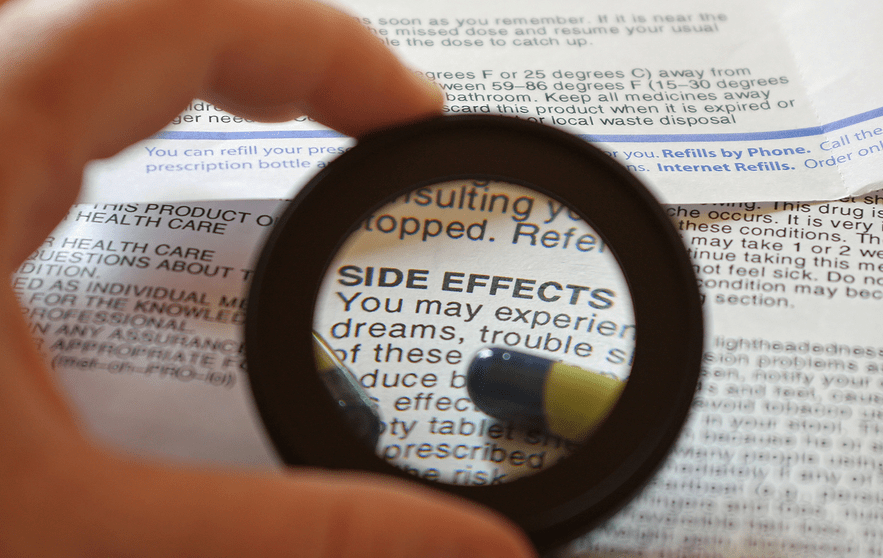If you take finasteride for benign prostatic hyperplasia (BPH) or for male pattern baldness, get ready to see new labeling with your prescription. The Food and Drug Administration (FDA) has announced labeling changes for both the name brands (Proscar and Propecia) and generic finasteride formulations after it reviewed the adverse event reports related to this drug.
Currently, 1 mg formulations of finasteride are typically prescribed for men who are experiencing gradual thinning of the hair on the scalp, resulting in a receding hairline or balding on the top of the head. Doctors order 5 mg doses of finasteride alone or in combination with doxazosin to treat symptoms of BPH, such as painful urination, urinary urgency, and urinary frequency.
Finasteride is a 5-alpha-reductase inhibitor, and it works by inhibiting the enzyme that converts testosterone to dihydrotestosterone (DHT). The hormone DHT causes the prostate to enlarge and can also stop hair growth.
Although the labels for finasteride already include statements about sexual adverse events, including the risk of erectile dysfunction, the FDA will now require manufacturers to add the following information as well:
- 1 mg formulations: libido disorders, ejaculation disorders, and orgasm disorders that continue after stopping the drug
- 5 mg formulations: decreased libido that continues after stopping the drug
- Both 1 mg and 5 mg formulations: male infertility and/or poor quality semen that returns to normal or improves after stopping the drug
Be sure to discuss any questions you may have with your healthcare provider about how the label for finasteride warns of sexual side effects.
Reference
US Food and Drug Administration. Questions and answers: Finasteride label changes






